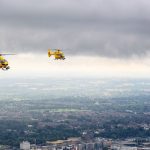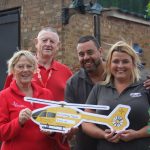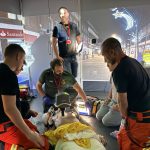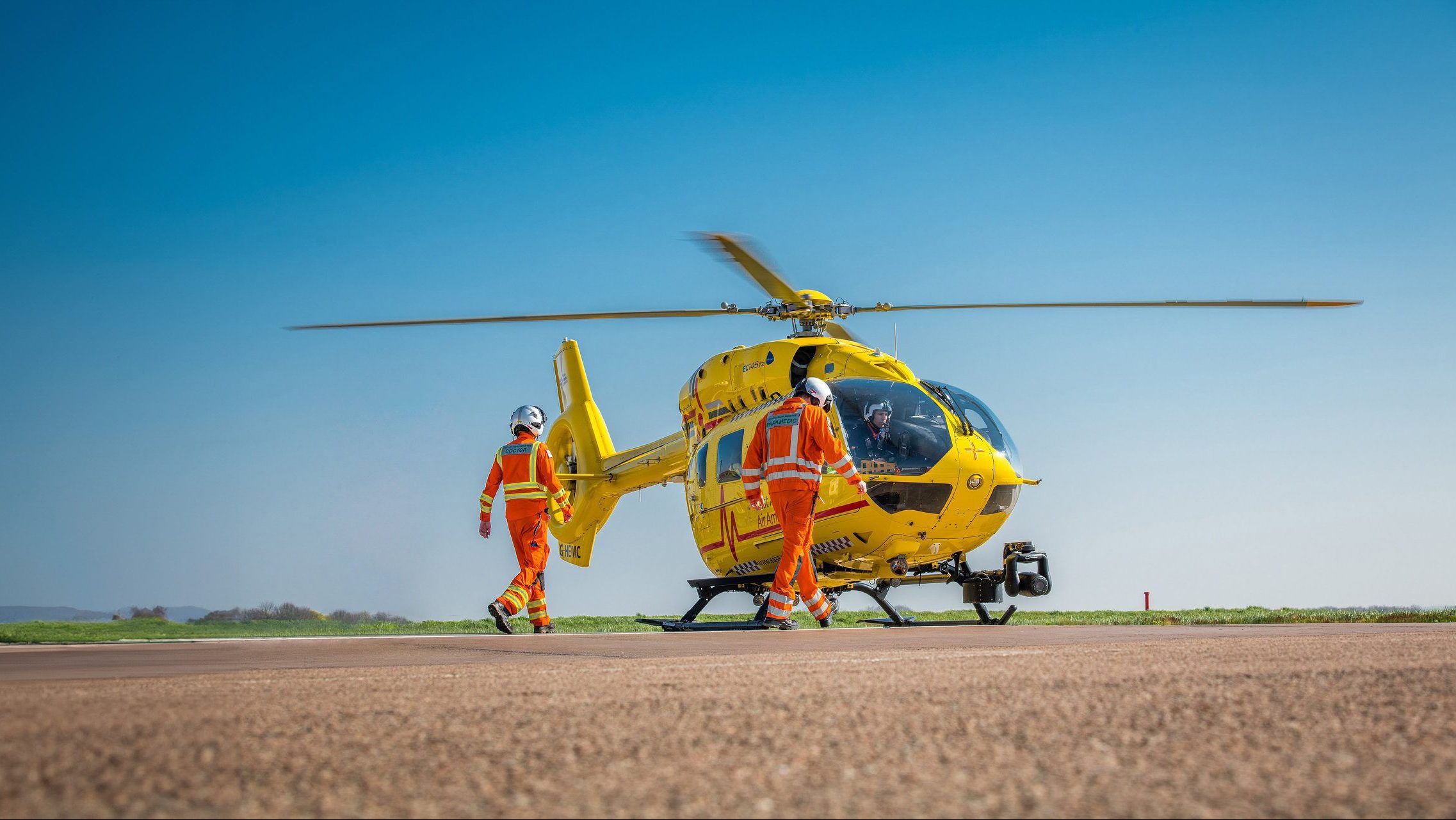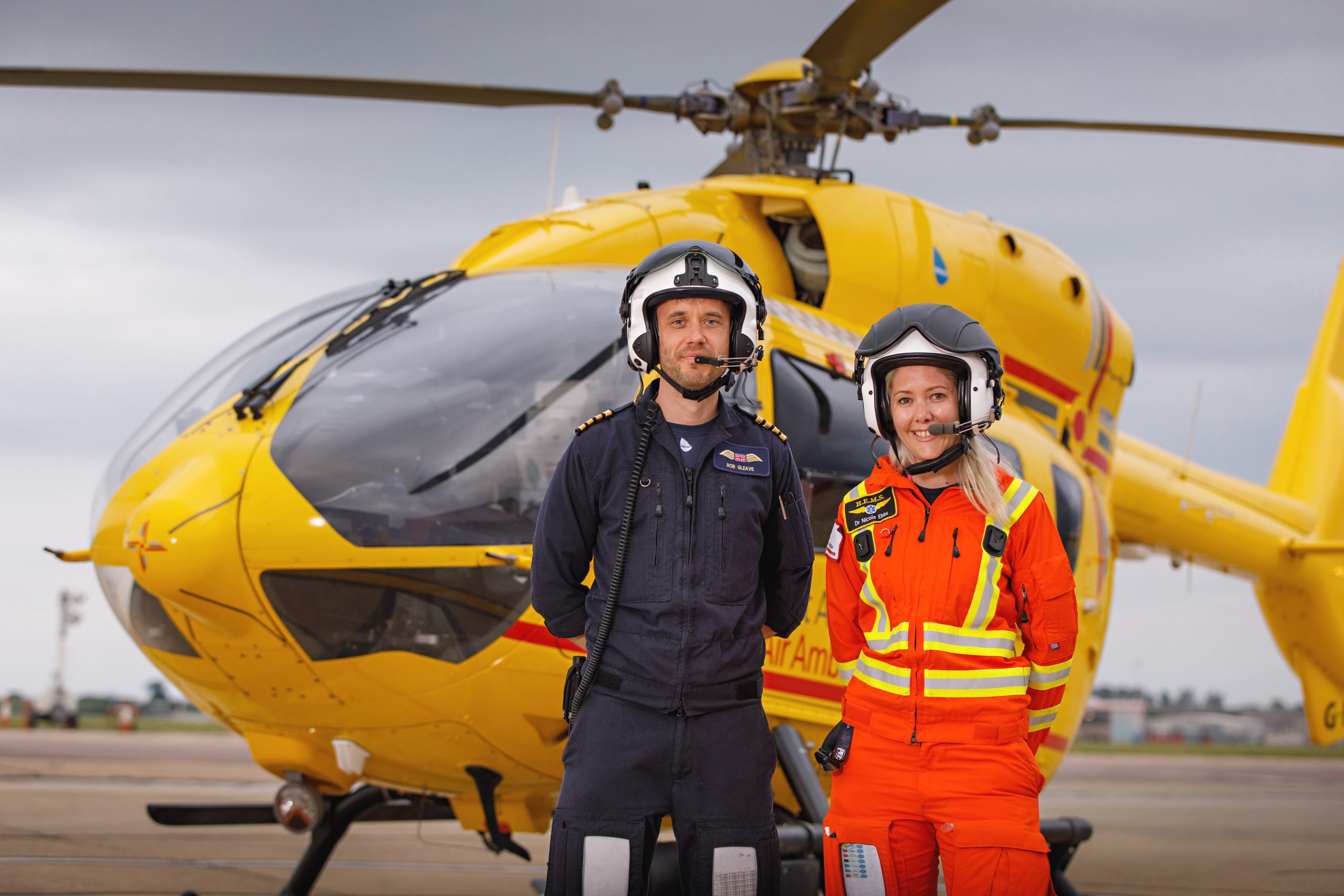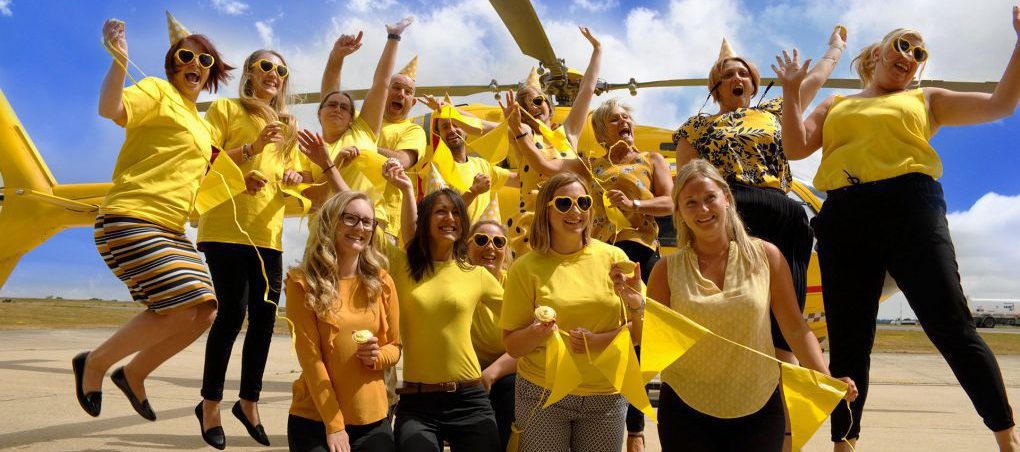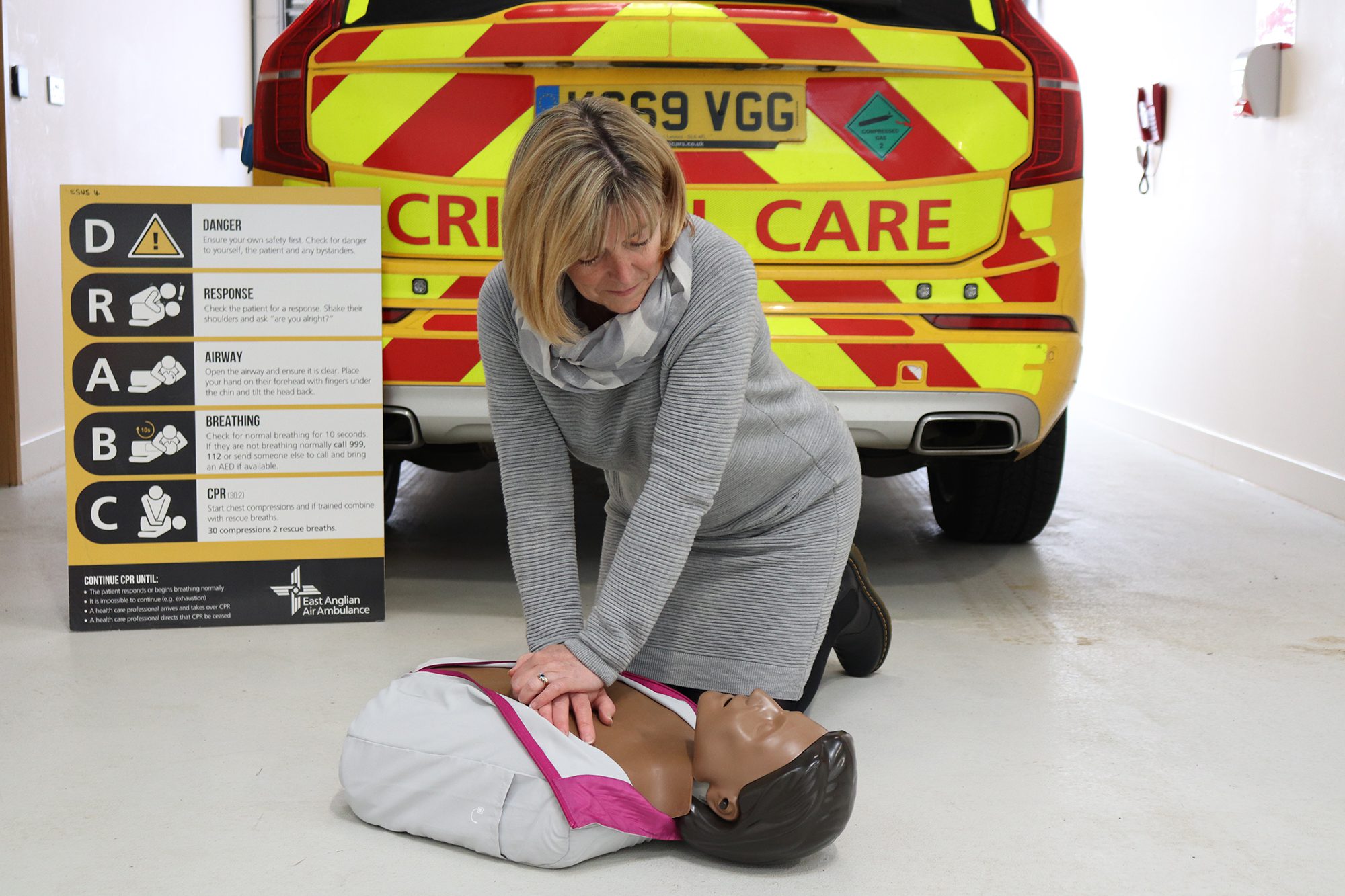3 Feb 2022
Training for the worst to keep patients safe, no matter what
This week we have started our latest weeklong Pre-Hospital Emergency Medicine (PHEM) course for our new cohort of doctors and paramedics. This course trains them to be able to attend patients as a team and deliver the high standard of care EAAA are known for.
These courses use real-life scenarios, and we have lots of help from the ambulance service during this course so that the clinicians can train with other professionals and practice how to work in larger, unfamiliar teams. It’s important to learn how to work well under pressure with strangers, on the roadside or in the middle of a field.
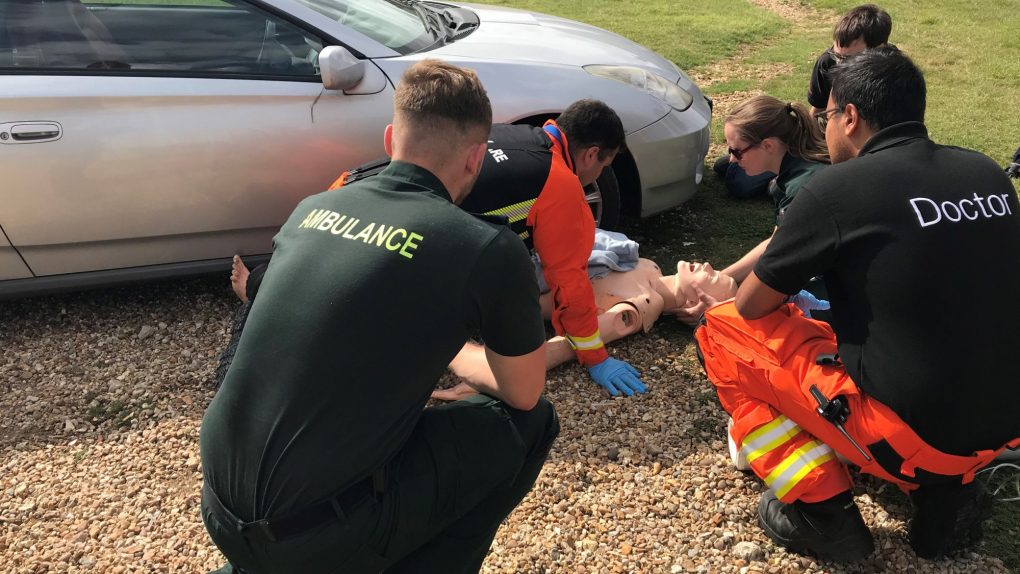
Above, members of the EAAA team working with EEAST paramedics on a road traffic collision simulation.
While working at EAAA, our doctors and critical care paramedics constantly need to update these skills to keep clinically ‘current’ with other training, such as learning how to use ultrasound, undertake lifesaving surgical skills, training on new kit or equipment and we also encourage our crews to teach others. Some of this training happens during down time on shifts, often utilising our special simulation suite at Helimed House, or on bespoke EAAA run courses.
With our crews often attending chaotic scenes, it’s important to train for ‘worst case’ scenarios or when things can unexpectedly go wrong. Thankfully, this very rarely happens but our simulation suite allows us to train for emergencies with advanced, realistic training mannequins and with a room that can be changed to simulate any environment.
This helps to make the team really feel like they are outside or in a patient’s home, in hospital or in an ambulance, with videos projected all around them. In the simulation room we can also vary the temperature, work in the dark and even add a strong wind to replicate the most extreme outdoor settings our crews can find themselves in.
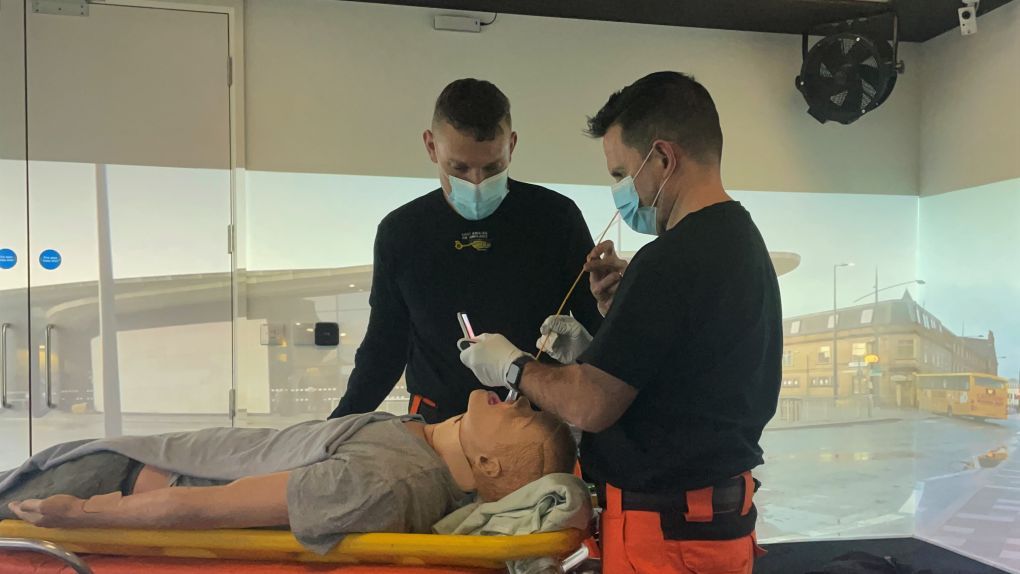
Above, the on-duty crew using the simulation suite during a shift to keep up-to-date with their skills.
Training in this way, by simulating difficult cases, practicing with rarely used equipment and in a setting that feels real, means if teams encounter similar situations while caring for a patient they’re prepared. We can also add loud noise and other distracting stress during the training simulations, which helps the team practice remaining calm and able to do what they need to even when chaos is going on all around them. We’ve had odd occasions when equipment has broken or stopped working and by practicing what to do for these rare events means that the team know exactly how to keep our patients safe, no matter what.
This state-of-the-art training facility was funded through a one-off government grant and fitted out by in-kind support from Scotia UK, who provided the Scotia Medical Observation and Training System (Smots) we use, which allows our teams to record the training session for review, including the vital signs readings of the simulation.
Our pilots also regularly undergo refresher training to make sure that they are well-drilled in a wide-range of aviation-related scenarios, doing this with a senior training captain while on shift or travelling to a flight simulator in Germany to refresh their skills. The pilot teams also regularly undertake additional night-flying training to practice and rehearse procedures for flying at night using their high-tech NVIS goggles.
Take on an event to support EAAA
Walk to help us save more lives
Find out how our crew saved Jonathan
Volunteer your time to help our charity
